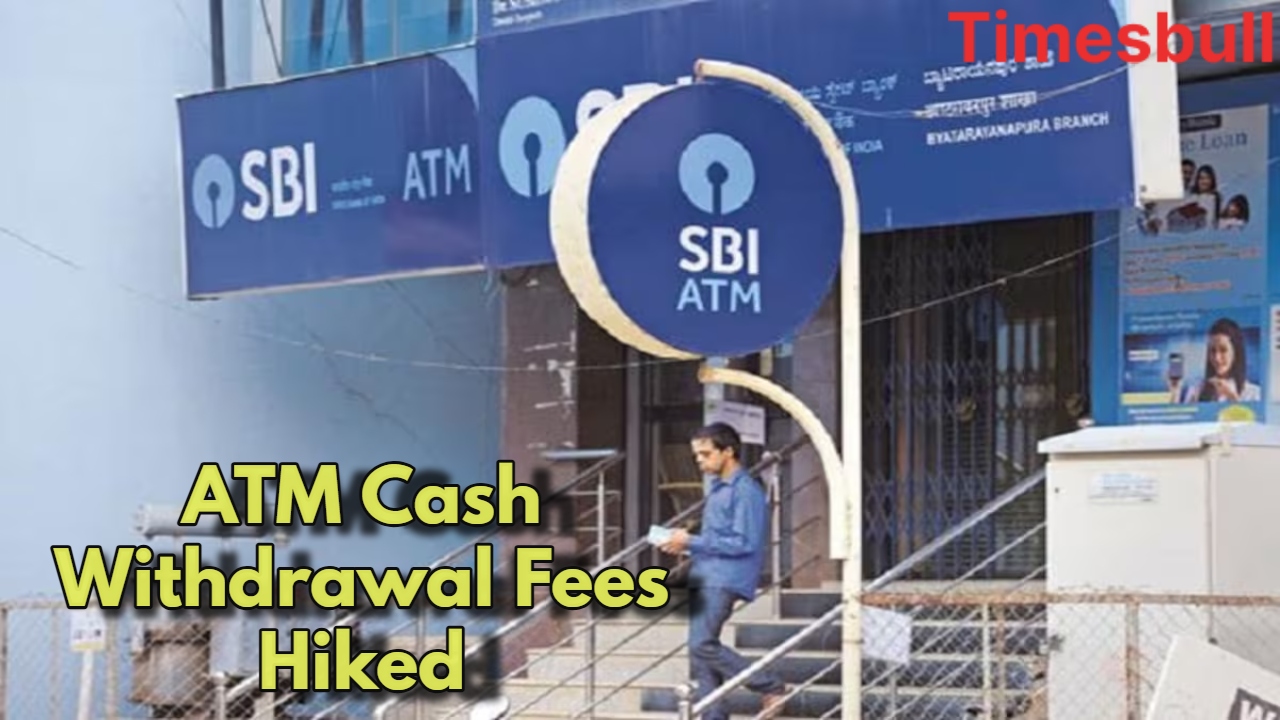Withdrawing money from ATMs in India is going to be expensive from May 1, as the Reserve Bank of India (RBI) has approved an increase in ATM interchange fees. As per the new RBI rules, from May 1, customers will have to pay Rs 2 extra for each transaction after the free limit from the ATM. Cash withdrawal from ATM will cost Rs 19 per transaction, which was Rs 17 earlier. Do you also want to know why withdrawing money from an ATM is becoming expensive and how much will it affect your pocket? So let’s know.
Withdrawing money from ATMs in India is going to be expensive from May 1
Withdrawing money from ATMs in India is going to be expensive from May 1, as the Reserve Bank of India (RBI) has approved an increase in ATM interchange fees. This will mean that customers who use ATMs more for their financial transactions will have to pay an additional fee for withdrawing money from ATMs after a limit.
What is an ATM interchange fee

The ATM interchange fee is paid by one bank to another bank for providing ATM services. This fee is a fixed amount for each transaction and is charged to customers as a banking cost.
Read More:- Bihar Farmers Can Now Get Up to ₹91,200 Grant for Tube Wells
Read More:- PM Awas Yojana: ₹40,000 First Installment Sent to Beneficiaries, Check Your Account Now
How much will it affect your pocket
As per the new RBI rules, from May 1, customers will have to pay Rs 2 extra for each transaction after the free limit from the ATM. Cash withdrawal from ATM will cost Rs 19 per transaction, which was Rs 17 earlier.
Checking the balance also got expensive
Apart from this, if the customer uses the ATM for other purposes like balance inquiry apart from withdrawing money, then Rs 1 extra will have to be paid. As per the official notification, now checking the account balance will cost Rs 7 per transaction, which is currently Rs 6.
Know the impact on small banks
RBI decided to revise these charges following a request from white-label ATM operators, who argued that rising operational costs were affecting their business. The increase in charges will be applicable across the country and is expected to affect customers, especially those of small banks. These banks are dependent on larger financial institutions for ATM infrastructure and related services, making them more vulnerable to rising costs.
Know the cashless era

While ATMs were once seen as a revolutionary banking service, they are now struggling as digital payments grow in India. The convenience of online wallets and UPI transactions has significantly reduced the need for cash withdrawals.
How digital transactions have grown since 2014
Government data shows that the value of digital payments in India was Rs 952 lakh crore in FY14. By FY23, this figure has grown to Rs 3,658 lakh crore, indicating a major shift towards cashless transactions. With this new fee hike, customers who still rely on cash transactions may feel the burden.
Read More:- UPS Pension Scheme 2025: Central Employees to Get 50% of Last Basic Salary
